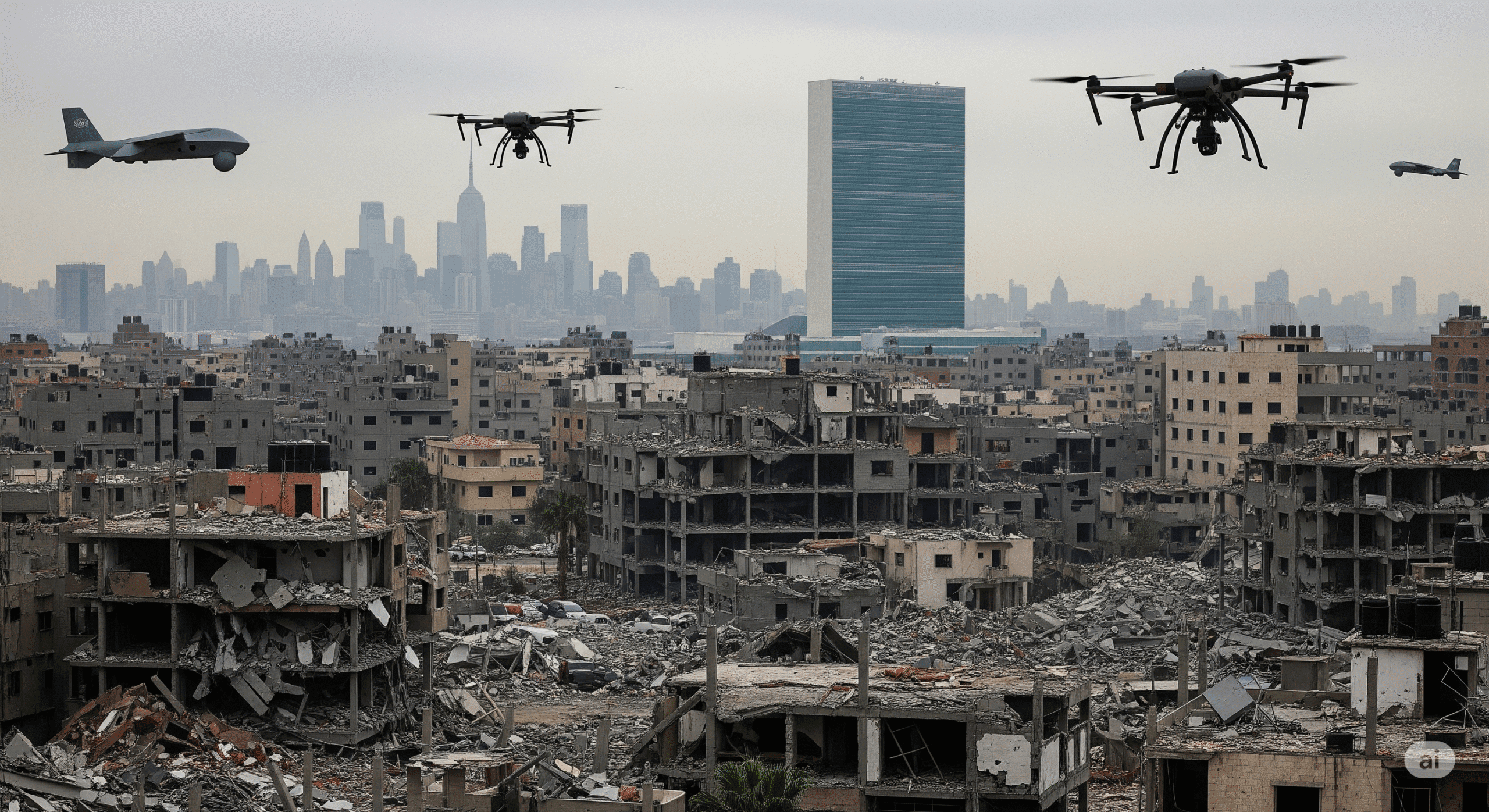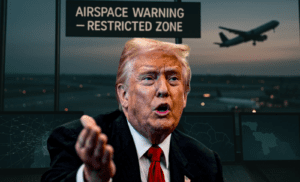In a high-stakes diplomatic effort to end one of the most protracted and devastating chapters in the Israeli-Palestinian conflict, global leaders are set to convene in New York on July 28–29 for a landmark Gaza peace conference. Billed as the most serious effort at brokering a post-war framework since the October 2023 conflict escalated, the conference will bring together representatives from the United States, the United Nations, Egypt, Qatar, the European Union, and key Arab states, with observers from Israel and the Palestinian Authority expected to attend.
The conference aims to break the deadlock over several pressing issues: the release of remaining Israeli hostages, a durable ceasefire, reconstruction plans for Gaza, and—most contentiously—a pathway to a two-state solution. While expectations remain tempered by political realities on the ground, the summit marks a pivotal moment in shaping the future of the Gaza Strip and the broader Israeli-Palestinian peace process.
U.S. President Donald Trump, now in his second term and returning to the diplomatic spotlight after a period of military engagement in Yemen and heightened tensions with Iran, is expected to push for what his administration calls a “pragmatic but irreversible path” toward ending the war. Speaking from the White House last week, Trump said, “The goal is peace with strength, but also with vision. We want to see hostages home, aid flowing, and a long-term political solution that works for both sides.”
This effort is underpinned by quiet diplomacy from Qatar and Egypt—both of which have hosted rounds of indirect negotiations between Israel and Hamas over the past year. Qatar has emphasized the urgency of an international monitoring mechanism to oversee ceasefire implementation, while Egypt is advocating for a phased withdrawal of Israeli forces from Gaza and the reopening of border crossings under multilateral supervision.
The United Nations, under Secretary-General António Guterres, is expected to present a comprehensive reconstruction plan for Gaza, which includes not only emergency humanitarian aid but also long-term development financing and governance restructuring. Funding, however, remains a challenge, with donors awaiting clear political guarantees before committing to major investments. The World Bank and UNRWA are preparing estimates that reconstruction may require upwards of $15 billion over the next decade.
Yet, the road to consensus is fraught with obstacles. Israel’s coalition government remains divided on how to handle Hamas in any future arrangement, with hardliners opposing any negotiated settlement. Meanwhile, Palestinian factions are still struggling to unify their positions, and the question of who will govern post-conflict Gaza remains unresolved.
The absence of Iran and Hezbollah from the discussions, while deliberate, looms over the talks. Tehran’s growing influence in the region and its support for militant groups continues to be a destabilizing factor, one that U.S. and Gulf policymakers acknowledge but have not fully addressed in the peace framework.
Despite the complexity, many see the New York conference as a rare window of opportunity. With public pressure mounting, humanitarian conditions worsening in Gaza, and regional powers eager to avoid further escalation, momentum appears to be shifting toward diplomacy.
As one U.N. official noted anonymously, “This is not Camp David, not yet. But it’s the closest we’ve come in years to getting all the right players in the room with a common sense of urgency.”
Whether it delivers results—or joins the long list of failed peace initiatives—will be known in just under two weeks.













